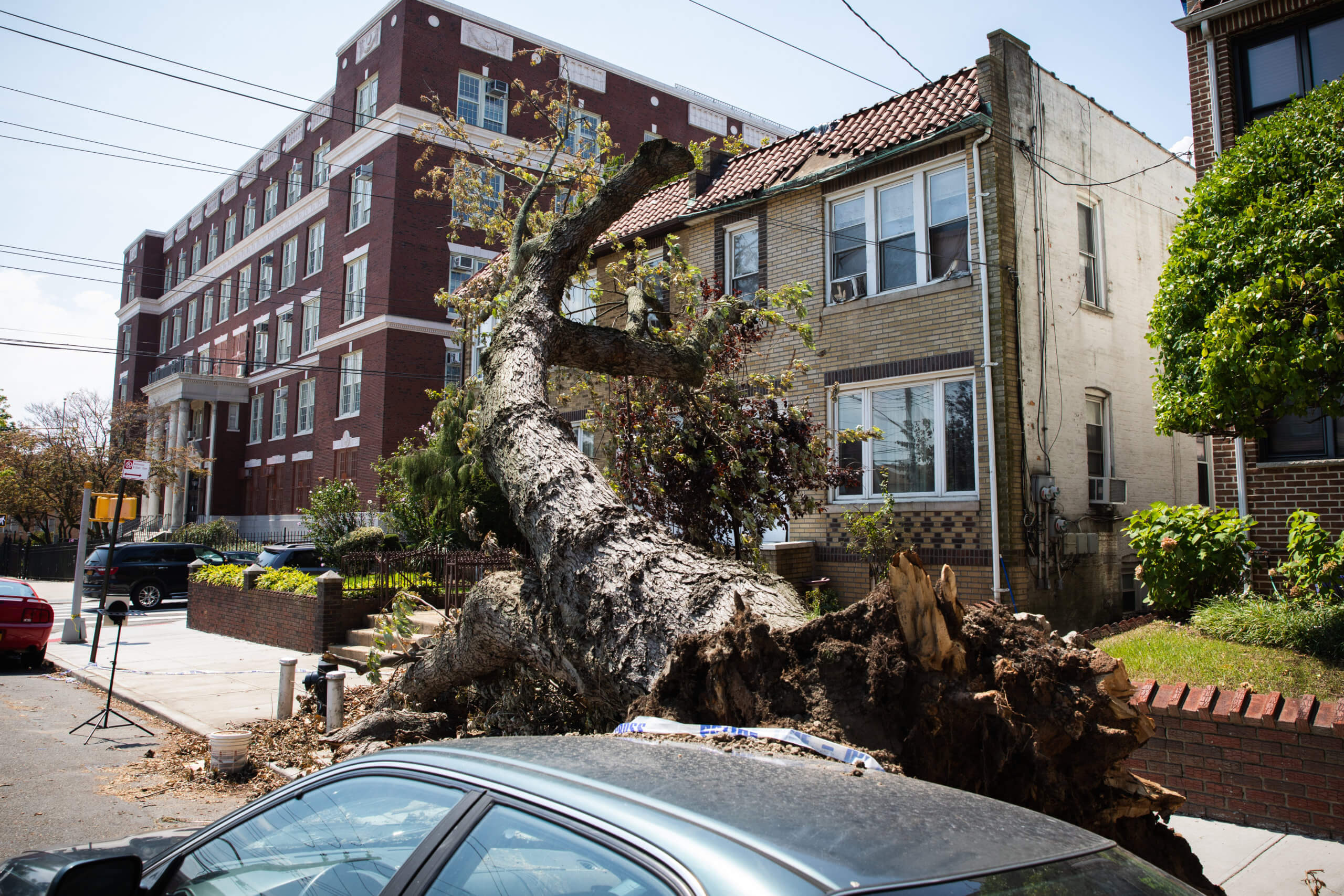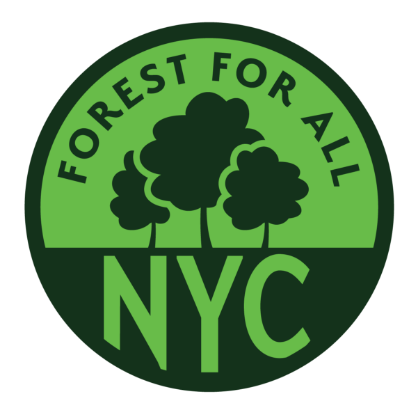By Ben Verde | Brooklyn Paper
Brooklyn’s urban forest saw growth during the 2010s, part of a citywide trend, but researchers say those gains are threatened by climate change and need investment to be maintained.
A new study from the Nature Conservancy follows the growth of New York City’s tree canopy between 2010 and 2017, which saw Brooklyn increase its overall tree canopy by 1.91 percent — but not without some persistent challenges.
Wealthier neighborhoods have traditionally been graced with greater tree coverage, which brings with it benefits of cleaner air, cooler temperatures, and absorption of storm waters, while under-resourced areas have traditionally been deprived. Data from the study shows that wealthier, whiter neighborhoods still have the upper hand, but progress is being made to bridge the gap — thanks in part to community-level programs like the Trees for Public Health Initiative and Cool Neighborhoods NYC.
“Both of those initiatives were by their design time-bound, but they are really great examples of the kind of initiatives that the city can keep investing in, and perhaps invest in a longer term way in order to continue to expand canopy in lower-income communities of color,” said Emily Nobel Maxwell, director of the Nature Conservancy’s cities program in New York and co-author of the study.
According to the study, the tree canopy in the 41st Council District including parts of Crown Heights and Brownsville increased from 283.8 acres in 2010 to 329.5 acres in 2017, while the 42nd Council District encompassing East New York saw an increase from 463.8 acres to 582.9 over the same period.
More well-off neighborhoods have also continued to grow their canopies: The 39th Council District which covers Park Slope, Cobble Hill, and Windsor Terrace grew from 657.77 acres to 729.9 acres between 2010 and 2017.
According to another co-author of the study, many of those newly planted trees are still young and small plantings, meaning their impact on canopy growth will take a number of years to be fully realized.
“The trees that have been planted in a lot of these areas that have seen this new growth tend to take a long time for us to see the full benefits,” said Mike Treglia, lead scientist at the Nature Conservancy’s cities program. “Just because these trees were planted in the last 10 to 15 years and we are seeing this really important and valuable growth, doesn’t mean we are where we need to be.”
Maintenance of existing trees is just as important as the addition of new ones, according to Treglia.
“We need to see those trees stewarded, and kept up, and maintained to help see these trees through a long and healthy life so they’re providing these benefits,” he said.
To ensure this, the study points to the need for not only adequate funding of the Parks Department, which manages most of the urban forest that is not located on private property, but of also of adequate allocation within the city agency’s budget toward trees.
“The Park’s Department budget is low, but the budget for trees is very, very low,” said Maxwell.
As it stands, only an average of 0.04 percent of the department’s non-personnel budget goes toward tree maintenance, according to the study. Maxwell said she’d like to see an increase dolled out to all aspects of tree care, including the planting of new trees and the maintenance of existing ones.
The Parks Department’s First Deputy Commissioner said they supported the vision for expanding tree maintenance funding.
“Building on the major investments in street tree care and forest management made during this administration, we agree with the vision to strengthen strategic inter-agency collaboration for our city’s urban forest,” said Liam Kavanagh.
Stormy skies ahead
In Brooklyn and other coastal areas, researchers say more attention will need to be paid to protecting trees from storm damage, as climate change has brought more severe storms to the New York area.
Southern Brooklyn’s 48th Council District, which encompasses Sheepshead Bay, was one of the few council districts that actually saw a noticeable decrease in tree canopy over the course of the study — falling from 466.9 acres in 2010 to 445.2 acres in 2017 — due in part to Superstorm Sandy and other extreme weather events, researchers believe.

And while many trees are felled during storms like Sandy, an even larger portion die after the fact, due to being inundated by saltwater during floods.
“They’re not only catastrophic in the moment,” said Maxwell. “Some of those trees, because they’re less salt tolerant and in these weather events there can be a lot of salt water inundation of the area, they can actually exhibit more mortality over time as well.”
Trees in coastal and low-lying areas will only become more at risk as climate change intensifies, according to Maxwell.
“The fact that we saw that loss between 2010 and 2017 suggests that this is a real vulnerability for Brooklyn, which has a lot of coastal area,” said Maxwell. “Our coastal areas are especially vulnerable given the increased impacts of climate change.”
Original story here.
